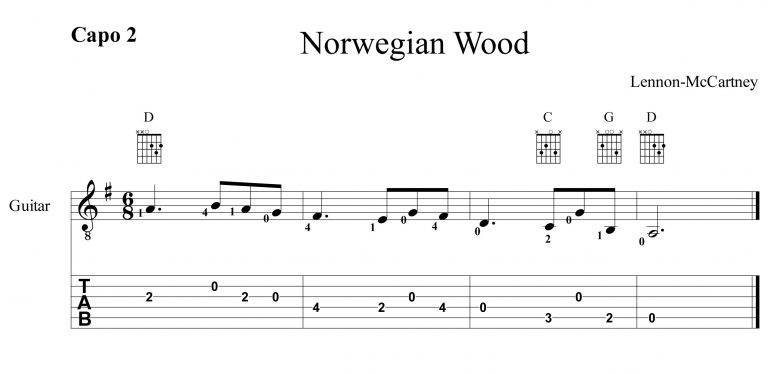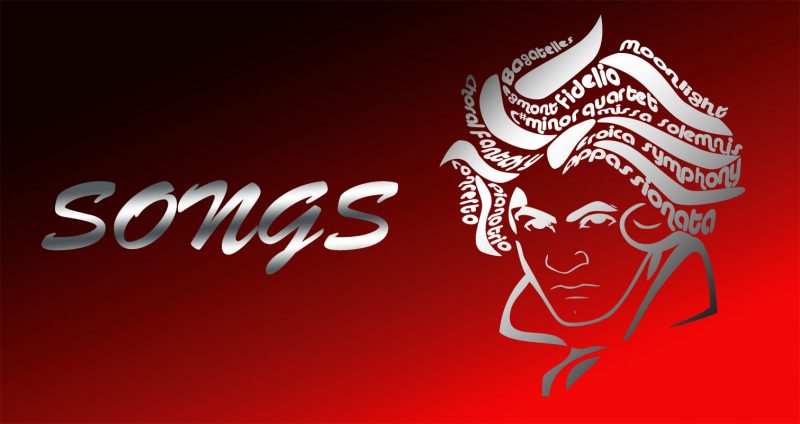This innovative song, composed and recorded in 1965 by the Beatles, introduced the sitar to the Western pop music world. It is written in a compound 6/8 meter and utilizes Mixolydian and Dorian modalities. It is in a simple verse/chorus configuration. The intro states the verse melody, first on guitar and then doubled by the sitar. It is drawn from the E mixolydian mode. In the Key of E, it is played at capo II on the guitar, and so rendered with D, G and C chord shapes.
The chorus is, in a manner, in the parallel minor. This is qualified by the fact the verse is in the E mixolydian mode rather than major mode and the chorus is in the E Dorian mode rather than minor. This gets into the larger tonal idea that the modes may be roughly divided into major type sonorities – lydian, ionian and mixolydian (subjectively, from brightest to darkest sounding) in that the tonic chord is major. The other modes – Dorian, Aeolian and Phrygian (again, brightest to darkest) have a minor i chord and thus a minor sounding feel and sonority. There is a strong ii-V cadence at the end of the chorus taking the song from the Dorian mode back to the Major I chord of the verse.

Here is a pdf version Norwegian Wood for further study
and here is a link to the WIKI article on the song

